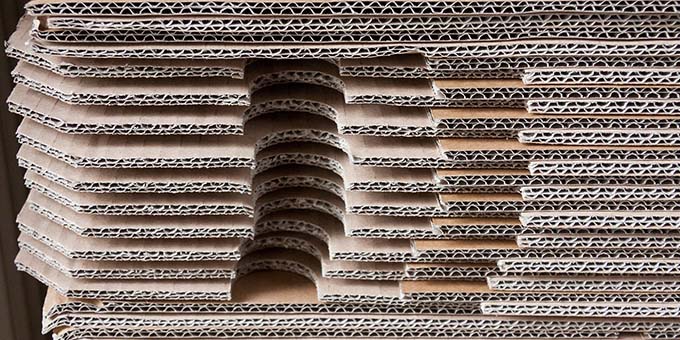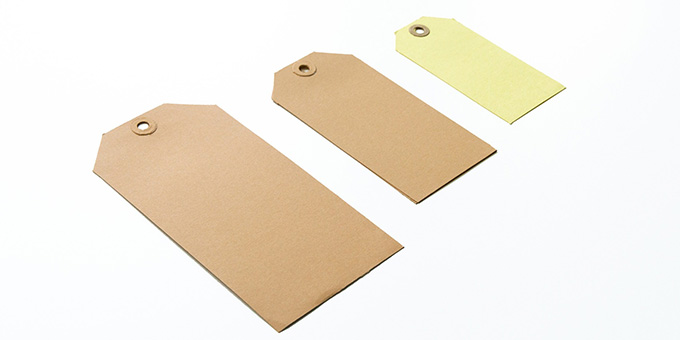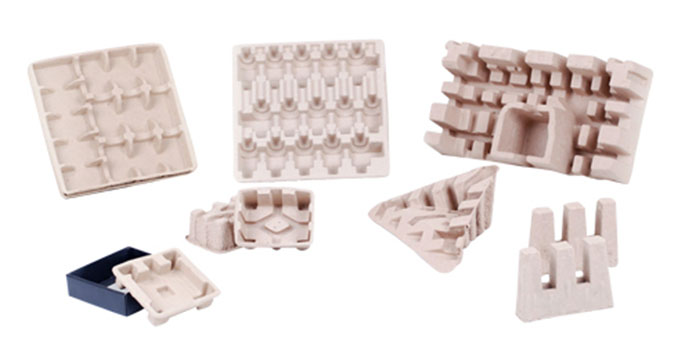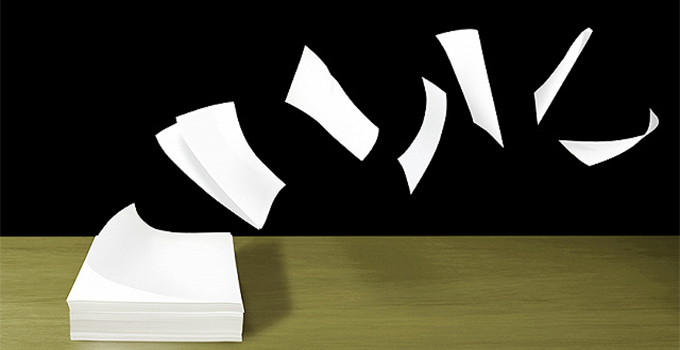Paper material is one of the most popular choices among eco-conscious consumers and businesses because it is made from renewable resources.
In recent years, there has been a growing demand for eco-friendly and sustainable packaging solutions.
In this article, we discuss the various paper packaging materials available and their advantages.
1. Corrugated cardboard
Corrugated cardboard is a popular paper material packaging choice due to its strength and durability.
It consists of three layers: an inner lining, an outer lining and the corrugated media between them.
The fluted design of the medium imparts strength to the material, making it ideal for shipping and shipping.
Corrugated cardboard is also highly customizable, making it a versatile choice for a wide range of products. It can be printed, laminated and coated for extra protection from moisture and other external elements.
Additionally, corrugated cardboard is easily recycled and biodegrades, making it a sustainable choice for environmentally conscious businesses.

2. Kraft paper
Kraft paper is a type of paper made from the pulp of the kraft process.
It is a strong and durable paper material that is often used for wrapping and packaging. Kraft paper is commonly used for food packaging, as it is a safe and hygienic material.
Kraft paper is also highly customizable, making it ideal for branding and marketing.
It can be printed, embossed, and laminated to create a unique look and feel to the product.
Additionally, kraft paper is easily recycled and biodegradable, making it an eco-friendly choice for businesses looking to reduce their environmental impact.

3. Cardboard
Cardboard is thicker and stronger than regular paper, making it ideal for packaging.
It is commonly used to create boxes, cartons, and other packaging solutions for food and consumer goods.
Paperboard is highly customizable and can be printed, laminated, and coated for extra protection against external elements.
Cardboard is also a sustainable packaging option, as it is easily recycled and biodegraded.
Plus, it can be made from recycled paper material, further reducing its environmental impact.

4. Recycled paper
Recycled paper material is an eco-friendly packaging option because it is made from post-consumer waste.
The material is highly sustainable and helps reduce the amount of waste sent to landfill.
Recycled paper can be used in a wide range of packaging solutions, from boxes to bags and labels.
Recycled paper is also highly customizable, making it ideal for branding and marketing.
It can be printed, embossed, and laminated to create a unique look and feel to the product.
Additionally, recycled paper is easily recycled and biodegrades, making it an eco-friendly choice for businesses looking to reduce their environmental impact.
5. Molded pulp
Molded pulp is a packaging paper material made from recycled pulp.
It is often used to create protective packaging for fragile and delicate items such as electronics and glassware.
Molded pulp is a highly sustainable option as it is made from recycled materials and is biodegradable.
Pulp molding is also highly customizable, making it ideal for branding and marketing.
It can be printed and embossed to create a unique look and feel for the product.
Additionally, molded pulp is easily recycled and biodegradable, making it an eo-friendly choice for businesses looking to reduce their environmental impact.
In conclusion, there are many different types of paper packaging materials to choose from, each with its own unique advantages.
Whether you are looking for a strong and durable option like corrugated cardboard, a customizable option like kraft or cardboard, a sustainable option like recycled paper, or a protective option like molded pulp, there is A variety of paper packaging materials that can meet all your needs.
With the growing demand for eco-friendly and sustainable packaging solutions, businesses are increasingly turning to paper packaging as a way to reduce their environmental impact and appeal to eco-conscious consumers.

Other features of paper packaging
1. Sustainability of paper material packaging
One of the greatest advantages of paper material for packaging is its sustainability.
Paper is a renewable resource, and many paper packaging materials are made from recycled materials, further reducing their environmental impact.
Plus, paper packaging is biodegradable, meaning it breaks down over time and doesn’t contribute to the accumulation of waste in landfills.
2.Versatility of paper material packaging
Another advantage of paper material for packaging is its versatility.
Paper packaging can be customized in a number of ways, from printing and embossing to lamination and coating.
This makes it ideal for branding and marketing, as businesses can create a unique look and feel for their products through custom packaging.
Paper packaging can also be an affordable option for businesses, especially when compared to other packaging materials like plastic or metal.
This is especially beneficial for smaller businesses that may not have the budget to invest in more expensive packaging options.

3. Limitations of paper material for packaging
However, paper packaging has some limitations.
One of the main challenges is its susceptibility to moisture and other external factors.
While some paper packaging materials can be laminated or coated for extra protection, they may not be suitable for products that need protection from moisture or other environmental elements.
Additionally, some types of paper packaging may not be as strong or durable as other materials, which can be an issue for products that need to be shipped or shipped.
For these applications, businesses may need to invest in more durable packaging solutions such as corrugated cardboard or molded pulp.
Despite these limitations, paper packaging remains a popular choice among businesses and consumers.
As the demand for eco-friendly and sustainable packaging solutions continues to grow, paper packaging is likely to become an increasingly popular choice for businesses to reduce their environmental impact and appeal to eco-conscious consumers.
4. Attractiveness to consumers
Another advantage of paper material for packaging is its appeal to consumers.
Many consumers are becoming more environmentally conscious and are actively seeking out products packaged in sustainable and environmentally friendly materials.
By using paper packaging, businesses can capitalize on this growing consumer demand and differentiate themselves from competitors using less sustainable materials.
In addition, paper packaging is easy to dispose of and recycle, making it a convenient choice for consumers.
This can further increase its appeal as many consumers are looking for products that are not only eco- friendly but also easy to use and dispose of.

5. Paper material for packaging reflects the brand image
Finally, using paper packaging can help a business build a positive brand image.
By using eco-friendly and sustainable packaging materials, businesses can position themselves as responsible and environmentally conscious, which can be an important factor when consumers make purchasing decisions.
This helps build brand loyalty and increases customer trust and satisfaction.
In conclusion, paper packaging is a versatile, sustainable, and cost-effective option for businesses looking to reduce their environmental impact and appeal to eco-conscious consumers.
With a range of materials available, from corrugated cardboard and kraft paper to recycled paper and molded pulp, businesses can choose the packaging material that suits their needs and budget.
By using paper packaging, businesses can not only reduce their environmental impact but also build a positive brand image and appeal to a growing market of environmentally conscious consumers.
If you have more ideas and business plans about packaging, please feel free to contact us!


